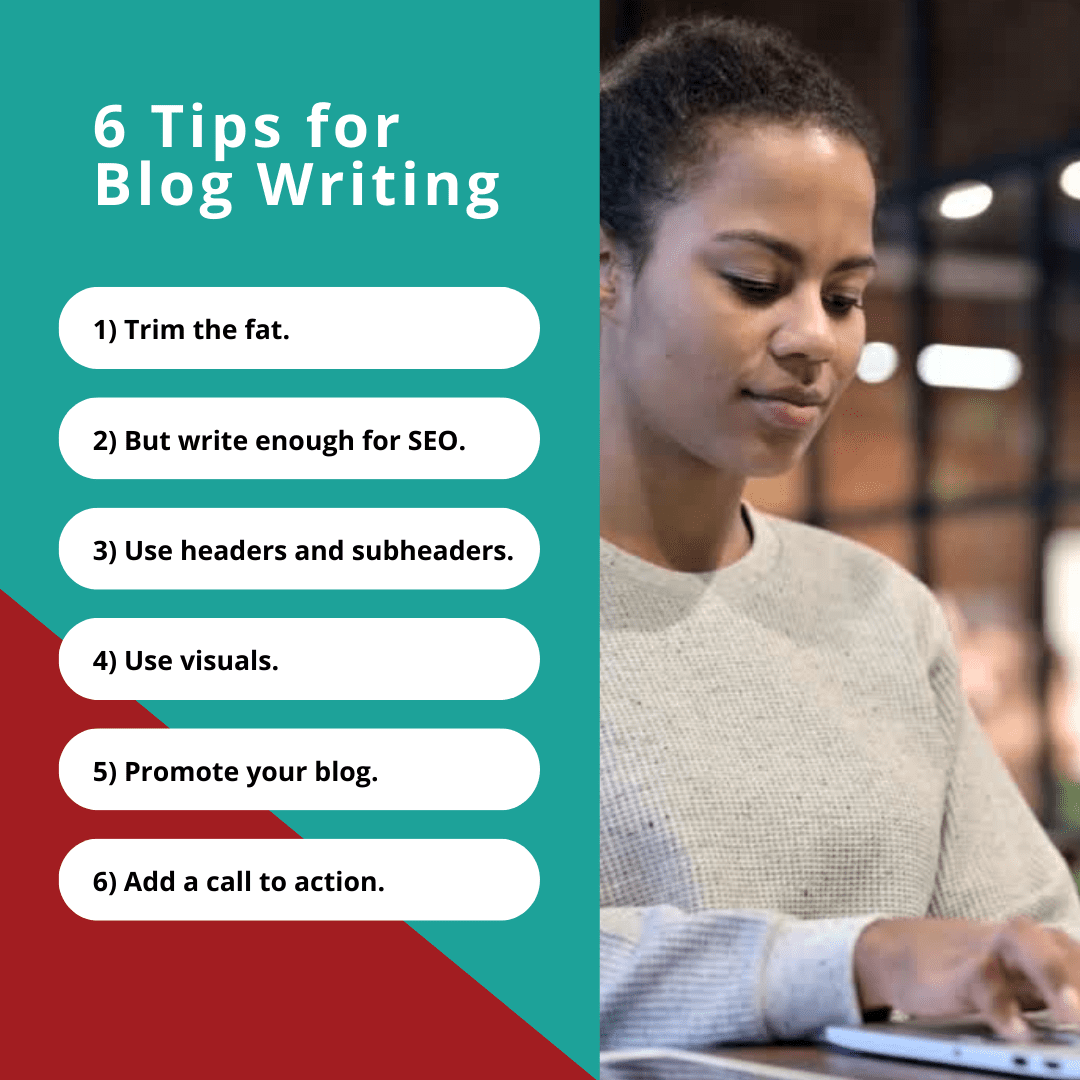In today’s digital landscape, maintaining a blog on your business website isn’t just a good idea-it’s essential. A well-crafted blog serves as a cornerstone of your online marketing strategy, helping to boost SEO, establish thought leadership, and connect with your audience in meaningful ways.
But let’s face it: not all blogs are created equal. How do you balance readability with SEO optimization? What length should your blog be? Are visuals necessary? This guide answers all these questions and more. Here are some best practices for blog writing for a business site.

Ideal Length of the Blog
Word Count Matters, But Quality is King: Google tends to favor longer, more in-depth blog posts, often around 1,200-2,500 words. Longer articles are generally perceived as more authoritative and comprehensive. However, the primary focus should always be on providing value. Every sentence should serve a purpose. Some businesses prefer to have blog posts that are easily digestible, so they will stick to 500-900 words per post.
Know Your Audience: For certain industries or topics, readers might prefer shorter, more straightforward articles. It’s essential to understand your audience’s needs and adjust accordingly.

Use of Visuals
Complement Content: Visual elements like images, infographics, and videos can break up large chunks of text and make your blog post more engaging.
Original is Best: Whenever possible, use original visuals or those you have rights to. Stock images should be a last resort.
Optimize for Web: Ensure your visuals are of high quality but also well-optimized in terms of file size for web loading.
SEO Optimization
Keywords: Conduct keyword research to identify phrases that your target audience uses to find content related to your business. Naturally integrate these keywords into your post.
Meta Descriptions: These are brief summaries that appear in search engine results. They should be compelling and include your focus keyword.
Internal and External Links: Internal links guide visitors to other areas of your website, while external links to reputable sources can help boost your blog’s credibility. Both are favorable for SEO.

Balancing Readability and SEO
Natural Language: While it’s crucial to include keywords for SEO, don’t sacrifice readability. Your sentences should flow naturally and be easy to understand.
Quality Over Quantity: It’s better to write a well-researched, comprehensive article than to churn out mediocre posts just for the sake of SEO.
User Experience: Fast loading times, mobile-friendliness, and easy navigation can not only help with SEO but also improve the reader’s experience.
Ways to Promote Your Blog
Social Media: Share your blog posts on all your social media channels. Consider paid promotion to reach a broader yet targeted audience.
Email Marketing: Include your blog in your email newsletters to engage with your subscribers regularly.
Collaboration: Partner with influencers or other businesses for guest posting opportunities.
Effective business blog writing is both an art and a science. By keeping these best practices in mind, you can craft blog posts that not only rank well in search engines but also genuinely resonate with your readers. Always remember, the ultimate goal of your blog should be to offer valuable insights and solutions to your audience while authentically representing your brand.
As you get started with your business blog, here are some great tips from HubSpot.
Need help with your business blog?
We can help- connect with MtoM today!
Schedule a Call
